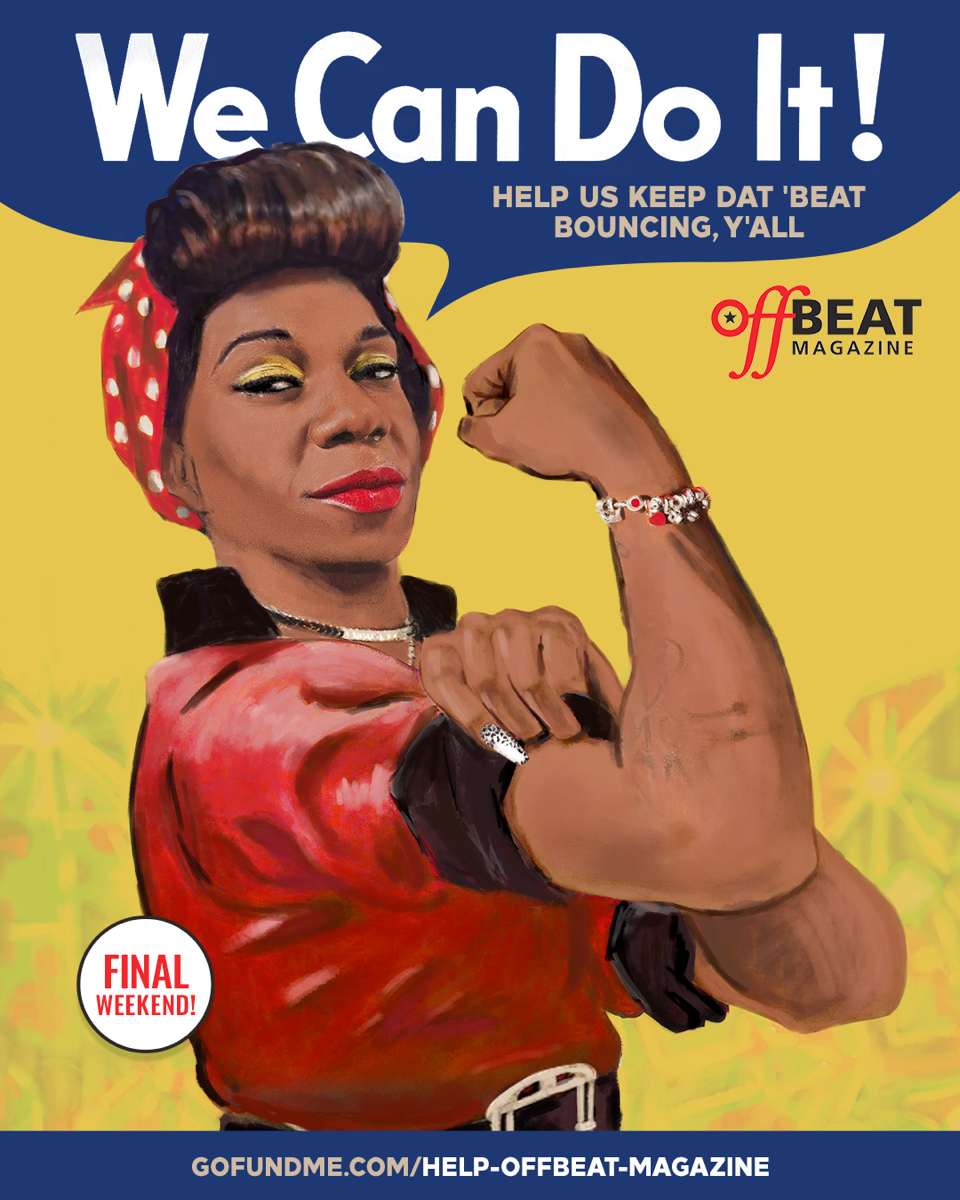 |
Be Here to Love Me, Margaret Brown’s documentary about the life of Texas folk-blues legend Townes Van Zandt succeeds in making folk music a visual thing. Threaded through the film is footage of the road shot through the windshield, presenting image after image of open, desolate space and small, marginal towns. That footage is the visual equivalent of Van Zandt’s sound — spare, evocative and rawly poetic. It also suggests the world his songs came from, one where you lived as much in your head as in the physical world because there didn’t seem to be much out there.
The movie doesn’t solve the central mysteries of Van Zandt’s life, but it doesn’t really try to. Brown certainly deals with Van Zandt being a troubled person who was nonetheless magnetic, as the interviews with the likes of Guy Clark, Steve Earle and other friends attest. Through super 8 home movies, interviews and television appearances, she creates a richly textured portrait of the writer of “Pancho and Lefty” that stays with you, much like Van Zandt’s songs do.
Van Zandt and Guy Clark dominate Heartworn Highways, the more-or-less soundtrack to the cult documentary about the folk-blues scene filmed in 1975-76 in Nashville and Austin. They’re the two artists with the clearest control of their art, while young Rodney Crowell, John Hiatt and Steve Earle also make appearances. Hiatt’s “One For the One” shows his gift for wordplay was in place from the start, though Earle was still finding his singing voice at this time.
The performances are informal, and filmmaking was sufficiently guerilla that one microphone caught everything. That often resulted in the singers’ voices being substantially louder than their guitars, and that works to the tracks’ advantage. The character in the singers’ voices stands out, particularly Van Zandt’s, which sounds tired but not worldweary, from Texas but not exactly. The puzzle Margaret Brown faces in Be Here to Love Me can be heard in his voice on Heartworn Highways.




